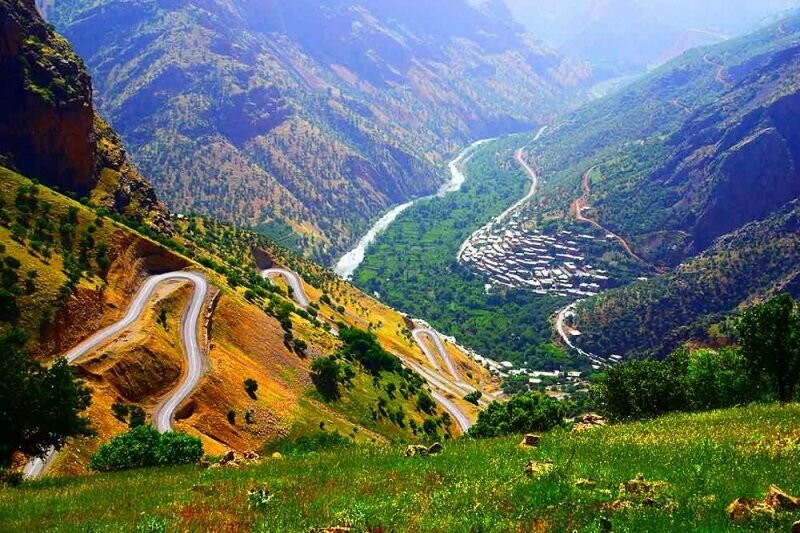Governor predicts Uramanat conference beneficial for whole province

TEHRAN – Iranian governor believes the upcoming Uramanat conference will not only be fruitful for the UNESCO-registered cultural landscape but the entire Kermanshah province.
“Uramanat conference will greatly contribute to the development of tourism and economic growth not only in the Uramanat region but also in the whole Kermanshah province,” Kermanshah governor Fazlollah Ranjbar said on Wednesday.
“To be attended by academic researchers, the conference will have a valuable role to help solve existing obstacles and problems in terms of tourism and urban landscape. . . And such meetings should be continued,” the official said in an address to organizers of the event.
History, archaeology, handicrafts, cultural heritage, literature, local dialects, geography, environment, tourism, art and culture, urban planning, economics, architecture, employment, and sustainable development are amongst the issues to be explored in the conference, according to the director of the World Heritage site.
According to the UN body, Uramanat is an exceptional testimony to a cultural tradition of the semi-nomadic agropastoral way of life of the Hawrami people, a Kurdish tribe that has resided in the Zagros Mountains for millennia.
"This outstanding cultural tradition is manifested in the ancestral practices of transhumance, the mode of seasonal living in Havars, steep-slope terraced agriculture, soil and water management, and traditional knowledge for planning and constructing steeply terraced villages, and rich diversity of intangible heritage, all reflecting a harmonious co-existence with nature."
Archaeological findings dating back about 40,000 years, caves and rock shelters, ancient paths and ways along the valleys, motifs and inscriptions, cemeteries, mounds, castles, settlements, and other historical evidence attest to the continuity of life in the Uramanat region from the Paleolithic to the present time.
Furthermore, the Uramanat region is famed for its dense and step-like rows of houses in a way that the roof of each house forms the yard of the upper one, a feature that adds to its charm and attractiveness.
Kermanshah, formerly Bakhtaran, the capital of Kermanshah province, was founded in the 4th century CE by Bahram IV of the Sasanian dynasty. Conquered by the Arabs in 640, the town was called Qirmasin (Qirmashin). Under the Seljuk rule in the 11th century, it was the chief town of Kordestan. The Safavids (ruled 1501–1736) fortified the town, and the Qajars repulsed an attack by the Turks during Fath Ali Shah’s rule (1797–1834). Occupied by the Turkish army in 1915 during World War I, it was evacuated in 1917. The construction of a road in the 1950s over the age-old Khorasan track added considerably to the importance of the city.
Co-organized by the provincial tourism directorate and Kermanshah’s Razi University, the seminar will be held on July 16 and 17.
AFM
Leave a Comment